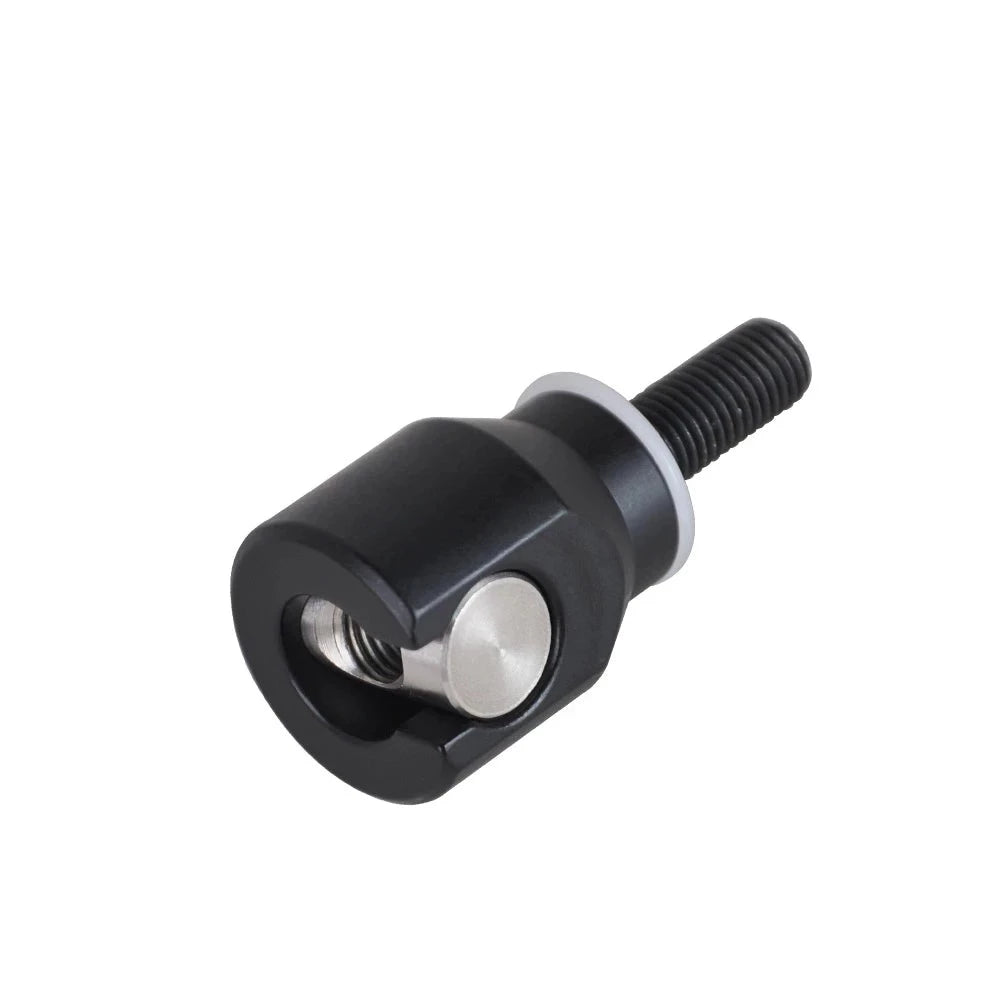Unleash Your Complete Prospective with the most recent Bow Stabilizer Innovations
Unleash Your Complete Prospective with the most recent Bow Stabilizer Innovations
Blog Article
Optimize Your Archery Accuracy With These Bow Stabilizer Techniques
One important aspect that can significantly influence your performance is the appropriate usage of bow stabilizers. Whether you are an experienced archer looking to fine-tune your skills or a beginner anxious to enhance your precision, understanding these bow stabilizer strategies could be the trick to striking your mark with unrivaled consistency.
Benefits of Utilizing Bow Stabilizers
Using bow stabilizers can dramatically boost an archer's accuracy and general efficiency by minimizing bow torque and vibration. Bow torque, brought on by the unequal distribution of weight in the bow, can bring about incongruities in shot placement. By affixing a bow stabilizer, the weight is redistributed, minimizing the results of torque and assisting the archer accomplish an extra consistent shot. Furthermore, bow stabilizers moisten resonance, which not only boosts the convenience of capturing yet also stops the bow from jumping upon launch, hence helping in preserving appropriate goal.
In addition, bow stabilizers can help in holding the bow steady, specifically throughout gusty conditions or when firing from longer distances. The included weight at the front of the bow offers security and equilibrium, permitting the archer to concentrate on aiming without the diversion of bow activity. Generally, the advantages of using bow stabilizers prolong past simply accuracy, enhancing the archer's experience and efficiency in numerous shooting situations.
Picking the Right Bow Stabilizer
Selecting the proper bow stabilizer is critical for maximizing your archery equipment and improving shooting efficiency. When picking a bow stabilizer, there are several variables to think about to guarantee you find the appropriate suitable for your needs. To start with, take into consideration the weight of the stabilizer. Heavier stabilizers can help in reducing bow torque and take in even more vibration, leading to a steadier objective. Lighter stabilizers use even more ability to move, which can be helpful in particular shooting scenarios.

Lastly, consider the style of the stabilizer. Some stabilizers come with flexible weights or dampeners that enable you to tailor the balance and feel of your bow. Ultimately, selecting the ideal bow stabilizer includes finding an equilibrium in between weight, layout, material, and size to improve your shooting precision and total efficiency.
Appropriate Setup Strategies
To make certain optimal efficiency and safety in archery, grasping proper setup strategies for your bow stabilizer is essential. The first action in setting up a bow stabilizer is to identify the appropriate positioning on your bow.
Next, firmly affix the stabilizer to the bow utilizing the appropriate placing hardware. It is important to tighten the stabilizer snugly to stop any type of tottering throughout shots. Some stabilizers come with adjustable weights that can be added or eliminated to tweak the balance of your bow. Try out various weight configurations to locate the optimal equilibrium that matches your capturing style.

Adjusting Stabilizer Weight and Size
After guaranteeing the correct installment of your bow stabilizer, the next action involves changing the weight and length to maximize its efficiency in enhancing archery accuracy. The weight of the stabilizer plays a vital duty in minimizing bow browse around here motion throughout the shot cycle.
A longer stabilizer can give higher stability by raising the distance between the bow and the weight like this at the end of the stabilizer. On the other hand, a much shorter stabilizer supplies much more ability to move and may be favored by archers who value dexterity and fast motions throughout capturing.
Advanced Stabilizer Tuning Tips
Accomplishing ideal bow stability and accuracy in archery demands a nuanced method to advanced stabilizer tuning. Advanced stabilizer tuning entails fine-tuning different elements to enhance the bow's balance, minimize vibration, and improve overall precision. One key technique is to experiment with various stabilizer setups, consisting of side-bar and back-bar configurations, to discover the perfect balance in between stability and maneuverability for your shooting design. bow stabilizer. Additionally, adjusting the angle and positioning of the stabilizer can have a significant effect on how the bow responds upon launch.
One more essential aspect of advanced stabilizer tuning is optimizing the damping residential or commercial properties of the stabilizer system. This can be achieved by incorporating additional wetting accessories such as rubber dampeners or harmonic stabilizers to further lower vibration and sound. Moreover, exploring different materials for the stabilizer construction, such as carbon fiber or light weight aluminum, can additionally affect the bow's performance by changing its weight distribution and tightness. By meticulously adjust these sophisticated stabilizer components, archers can maximize their precision and uniformity on the variety or in competition.
Conclusion
In final thought, making best use of archery precision can be attained through the correct choice, setup, and adjustment of bow stabilizers. On the whole, integrating bow stabilizers into archery method can lead to enhanced performance and increased accuracy.
Utilizing bow stabilizers can significantly enhance an archer's precision and overall performance by decreasing bow torque and vibration. Longer stabilizers offer higher stability and balance, particularly for long-distance capturing, while much shorter stabilizers offer even more versatility and are simpler to navigate in tight rooms (bow stabilizer). Carbon go to my blog fiber stabilizers are lightweight and resilient, while light weight aluminum stabilizers are durable and give excellent vibration dampening
A longer stabilizer can provide higher stability by raising the range in between the bow and the weight at the end of the stabilizer.An additional crucial aspect of advanced stabilizer adjusting is optimizing the damping properties of the stabilizer system.
Report this page